Table of content
Cooking porridge on the stovetop is a timeless culinary art that has been passed down through generations. Whether you’re looking for a comforting breakfast, a nutritious lunch, or a hearty dinner, porridge offers a versatile and delicious option. This comprehensive guide will walk you through the process of making stovetop porridge, from selecting the right ingredients to achieving the perfect consistency. By the end, you’ll be an expert at crafting a bowl of porridge that’s tailored to your taste preferences.
Understanding the Basics of Porridge
Before diving into the cooking process, it’s essential to understand what porridge is and its variations. Porridge, often referred to as oatmeal or gruel in different regions, is a dish made by boiling grains, typically oats, in water or milk. It can be thick and creamy or thin and runny, depending on personal preference.
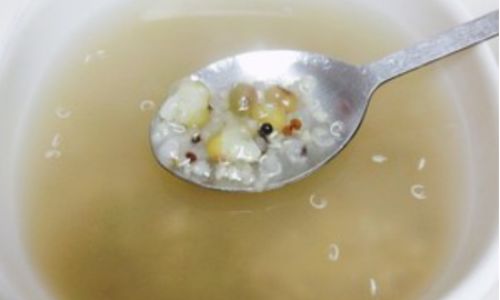
Types of Grains Used in Porridge
-
Oats: The most common grain used for porridge, oats come in various forms such as rolled oats, steel-cut oats, and instant oats. Rolled oats are flattened and steamed, making them quicker to cook. Steel-cut oats are whole oat kernels that have been cut into smaller pieces, resulting in a chewier texture and a longer cooking time. Instant oats are pre-cooked and dried, allowing for the fastest preparation.
-
Rice: While less traditional, rice porridge, especially using Arborio rice for a creamy texture, can be a delightful change.
-
Barley: Pearl barley, which is hulled and polished, makes a hearty and nutritious porridge.
-
Quinoa: This high-protein grain can be cooked into a porridge that is both gluten-free and packed with nutrients.
Choosing Your Liquid Base
-
Water: The simplest and most straightforward option, water allows the natural flavors of the grains to shine.
-
Milk: Using milk, whether dairy, almond, soy, or oat, adds richness and creaminess to the porridge.
-
Broth: For a savory twist, cooking porridge in vegetable, chicken, or beef broth can elevate the dish into a more complex and satisfying meal.
-
Fruit Juice or Wine: For a sweet and unique flavor profile, consider using apple cider, pear juice, or a dry white wine as your liquid base.
Ingredients and Equipment
Ingredients
- Grains: Choose your preferred type of grain (e.g., rolled oats, steel-cut oats, rice, barley, quinoa).
- Liquid: Water, milk, broth, or another liquid base.
- Salt: A pinch to enhance flavor.
- Sweeteners: Honey, maple syrup, brown sugar, or agave nectar for a sweetened version.
- Toppings: Fresh fruit, nuts, seeds, spices, and dried fruits to customize your porridge.
Equipment
- Stovetop: A reliable gas or electric stove.
- Pot: A heavy-bottomed pot with a lid to ensure even cooking and prevent spillage.
- Wooden Spoon or Whisk: For stirring and preventing sticking.
- Measuring Cups and Spoons: To accurately measure ingredients.
- Bowls and Spoons: For serving.
Step-by-Step Guide to Cooking Porridge on the Stovetop
Step 1: Preparation
-
Measure the Grains: Begin by measuring out the desired amount of grains. For rolled oats, a general serving size is around 1/2 cup per person. Steel-cut oats require more liquid and a longer cooking time, so use about 1/3 to 1/2 cup per person.
-
Liquid Measurement: For rolled oats, use a ratio of 2 parts liquid to 1 part oats. For steel-cut oats, use a ratio of 4 parts liquid to 1 part oats. Adjust based on your preferred consistency.
-
Heat the Pot: Place your pot on the stovetop and pour in the measured liquid. Turn the heat to medium-high to bring it to a boil.
Step 2: Cooking the Grains
-
Add the Grains: Once the liquid is boiling, add the grains, stirring immediately to prevent sticking.
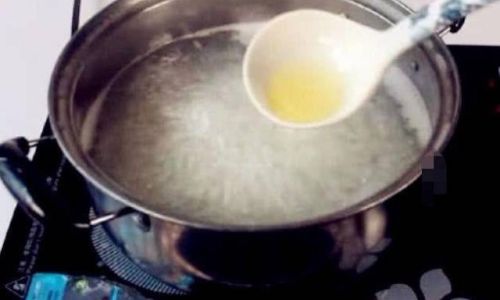
-
Reduce the Heat: Lower the heat to maintain a gentle simmer. This ensures even cooking and prevents the porridge from boiling over.
-
Stirring: Stir occasionally, especially during the first few minutes of cooking, to prevent the grains from sticking to the bottom of the pot.
-
Cooking Time:
- Rolled Oats: Cook for about 5-10 minutes, stirring occasionally, until the porridge reaches your desired consistency.
- Steel-Cut Oats: Cook for 20-30 minutes, stirring occasionally, until the oats are tender and the porridge has thickened.
- Rice, Barley, and Quinoa: Follow package instructions for cooking times, typically around 40-50 minutes for a creamy porridge consistency.
Step 3: Seasoning and Sweetening
-
Add Salt: Once the porridge has thickened to your liking, add a pinch of salt and stir to combine. This enhances the natural flavors of the grains.
-
Sweeteners (Optional): If you prefer sweetened porridge, add your chosen sweetener during the last few minutes of cooking. Stir well to ensure it’s evenly distributed.
Step 4: Customizing with Toppings
-
Off the Heat: Remove the pot from the stovetop and let the porridge sit for a minute or two. This allows it to thicken slightly more.
-
Add Toppings: Serve the porridge hot, topped with your favorite ingredients. Popular options include:
- Fresh Fruit: Berries, bananas, apples, or peaches.
- Nuts and Seeds: Chopped nuts like almonds, walnuts, or pecans, and seeds like chia or flax.
- Spices: A sprinkle of cinnamon, nutmeg, or cardamom.
- Dried Fruits: Raisins, cranberries, or apricots.
- Dairy or Non-Dairy Alternatives: A dollop of yogurt, cream, or a plant-based alternative like almond milk or coconut cream.
Troubleshooting Common Issues
Porridge is Too Thick
- Solution: Stir in a little more liquid (water, milk, or broth) until you reach the desired consistency.
Porridge is Too Thin
- Solution: Continue to cook the porridge on low heat, stirring frequently, until it thickens. If you’re in a rush, you can add a small amount of instant oats or cornstarch slurry (mixed with a bit of water) to speed up the process.
Porridge is Sticking to the Pot
- Solution: Ensure you’re using a heavy-bottomed pot and stirring frequently, especially during the initial stages of cooking. Adding a bit of butter or oil to the pot before adding the grains can also help prevent sticking.
Porridge Has a Raw Grainy Texture
- Solution: Continue to cook the porridge for a longer period, stirring occasionally, until the grains are tender. For steel-cut oats, this can take up to 30 minutes.
Storage and Reheating
-
Storing: Leftover porridge can be stored in an airtight container in the refrigerator for up to 3 days. For longer storage, freeze in individual portions.
-
Reheating: To reheat, place the desired amount of porridge in a microwave-safe bowl and heat until warm, stirring occasionally. Alternatively, reheat on the stovetop in a saucepan over low heat, stirring frequently to prevent sticking.
Conclusion
Cooking porridge on the stovetop is a simple yet rewarding culinary endeavor. With a few basic ingredients and a bit of patience, you can create a nutritious and delicious dish that’s perfect for any time of day. Whether you prefer a classic oatmeal breakfast or a more adventurous grain-based porridge, this guide has equipped you with the knowledge and skills to make stovetop porridge a staple in your kitchen. Happy cooking!
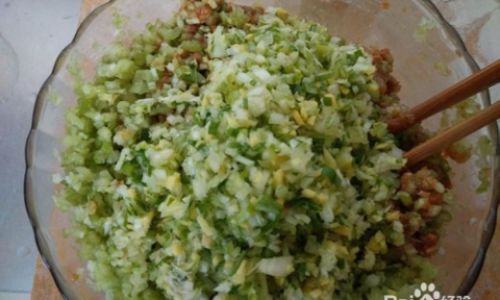
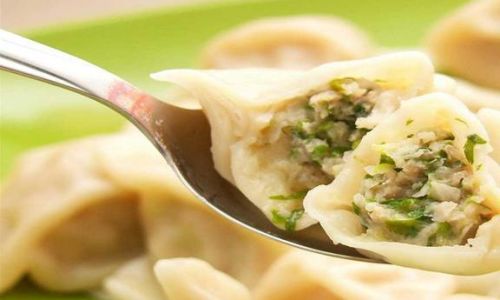
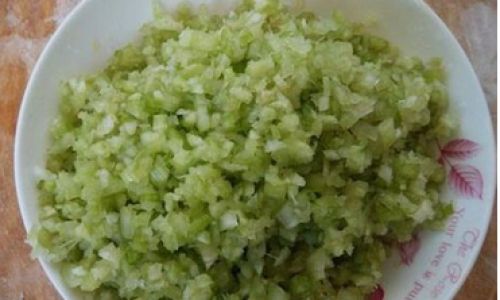
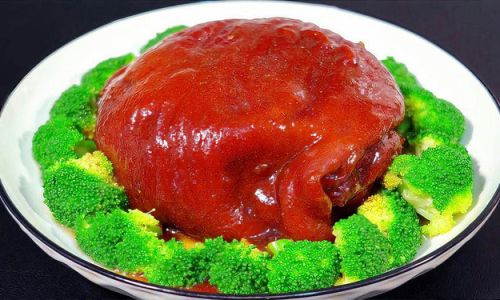
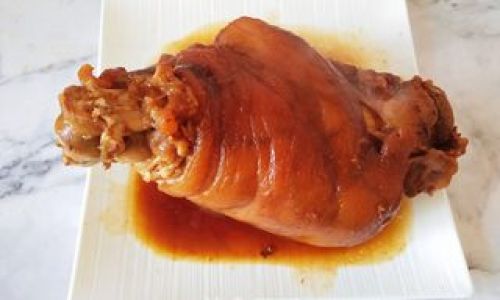
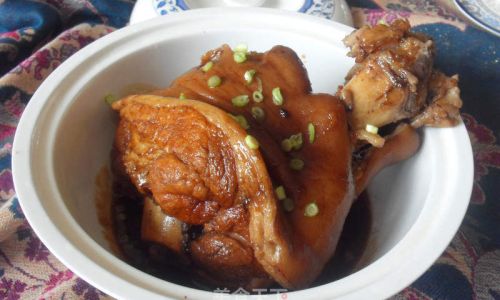
0 comments